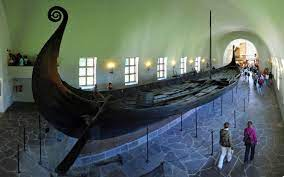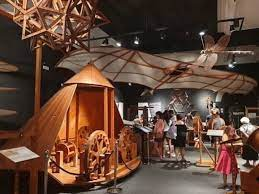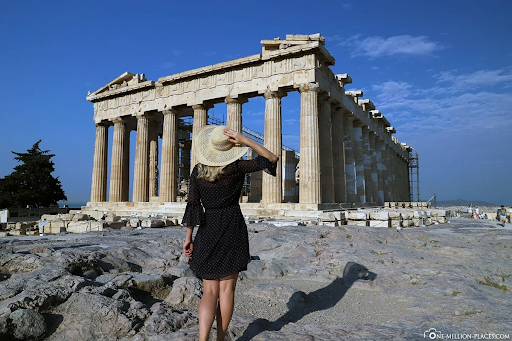This course examines the development of human societies from prehistory to 1500 A.D. Students will explore the historic, economic, and cultural contributions of ancient and classical civilizations, including world religions, both Western and non-Western. Basic historical concepts such as conflict, change, and diversity will be investigated. Emphasis is also placed on evaluating sources of information, recognizing cause and effect relationships, and developing a sense of time and place.
Essential Questions: How do the ideas, inventions, and beliefs of PEOPLE in the past connect with who we are today? What causes conflicts that separate PEOPLE and what events and commonalities unite PEOPLE?
|
Quarter 1 |
Quarter 2 |
Quarter 3 |
Quarter 4 |
|
|
Era Title and Time |
Tool Time! Prehistory and the First Civilizations (4 weeks) |
That’s Ancient History! Empires of the Mediterranean (4 weeks) |
Makin’ Connections! Expansion, Culture, and Conflict (5 weeks) |
What Else is New? Globalization and Change in the late Middle Ages (4 weeks) |
|
Image Cue |
|
|

|

|
|
Focus of the Story |
To begin, we explore our common origin story–how human populations emerged from the Fertile Crescent. We consider how geography and technology (like the first tools) influenced the development of the first societies, and how those societies and their lives compare to our lives today. How do we know? The tools of archaeologists bring past societies alive by discovering their stories! |
Next, we investigate how early civilizations expand toward the Mediterranean region. As empires grow in size and complexity, they create new technologies, influential ideas and belief systems. Why does it matter? Because those cultures continue to have a huge impact on society today, from scientific discoveries in astronomy, to ancient structures that still awe us, we see their influences all around us! |
In this period, we investigate an era of conflict over economics, religion, land and resources. While conflict sometimes inhibits progress, the beginnings of exploration triumphs, connecting once isolated peoples with strange new worlds. Sound familiar? That same desire for exploration and connection continues to motivate us today as technology brings us ever closer! |
Lastly, as we continue to connect past and present, we discover how commercial and cultural interaction becomes entrenched, uniting us into a truly global society. As curiosity about the world continues, a renewed interest in science and the arts is born, catapulting us into a new, modern era. Why’s that a big deal? Because today’s modern conveniences came from yesterday’s innovators! |
|
Transfer Goals |
THINK: Comprehending (evidence-based) sources and perspectives can clarify and contradict key information to better understand core issues (across contexts) in the past and present. (Knowledgeable, Thinkers and Inquirers, Cross-Culturally Competent) ACT: Communicate effectively based on purpose, task, and audience using valid and reliable information with accurate and relevant details* (Problem Solvers and Value Creators, Knowledgeable) |
CONNECT: Demonstrate civic and social practices through interactions with others and self-reflection in service of an interdependent global community. (Personally and Socially Responsible, Resilient Learners) ACT: Communicate effectively based on purpose, task, and audience using valid and reliable information with accurate and relevant details* (Problem Solvers and Value Creators, Knowledgeable) |
QUESTION: Ask and pursue a line of questioning based on curiosity, prior knowledge, personal experience, and ongoing research to establish patterns, draw well-reasoned conclusions, or take actions. (Knowledgeable, Thinkers and Inquirers, Problem Solvers and Value Creators) ACT: Communicate effectively based on purpose, task, and audience using valid and reliable information with accurate and relevant details* (Problem Solvers and Value Creators, Knowledgeable) |
ENGAGE: Engage in respectful discourse to exchange and process diverse information, ideas, and points of view in order to inform one’s own perspective and explanation (Communicators and Collaborators; Personally and Socially Responsible) ACT: Communicate effectively based on purpose, task, and audience using valid and reliable information with accurate and relevant details* (Problem Solvers and Value Creators, Knowledgeable) |
|
Learning Targets |
|
|
|
|


